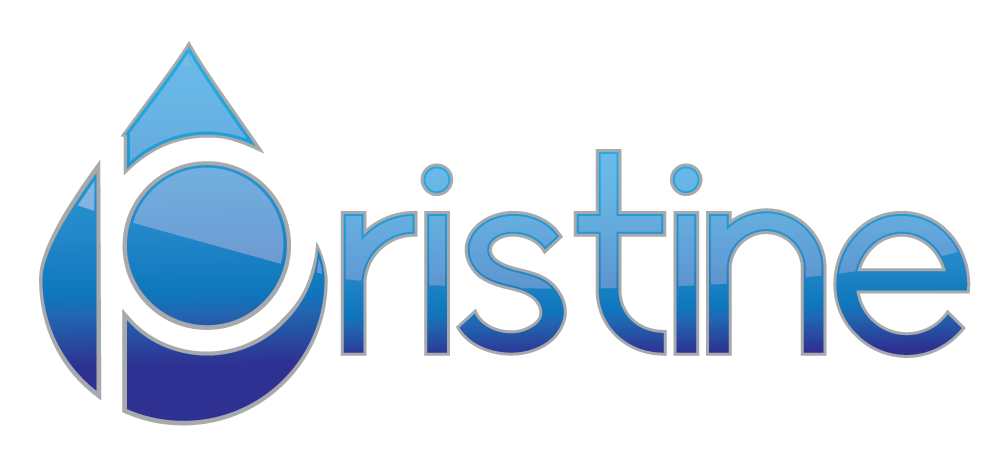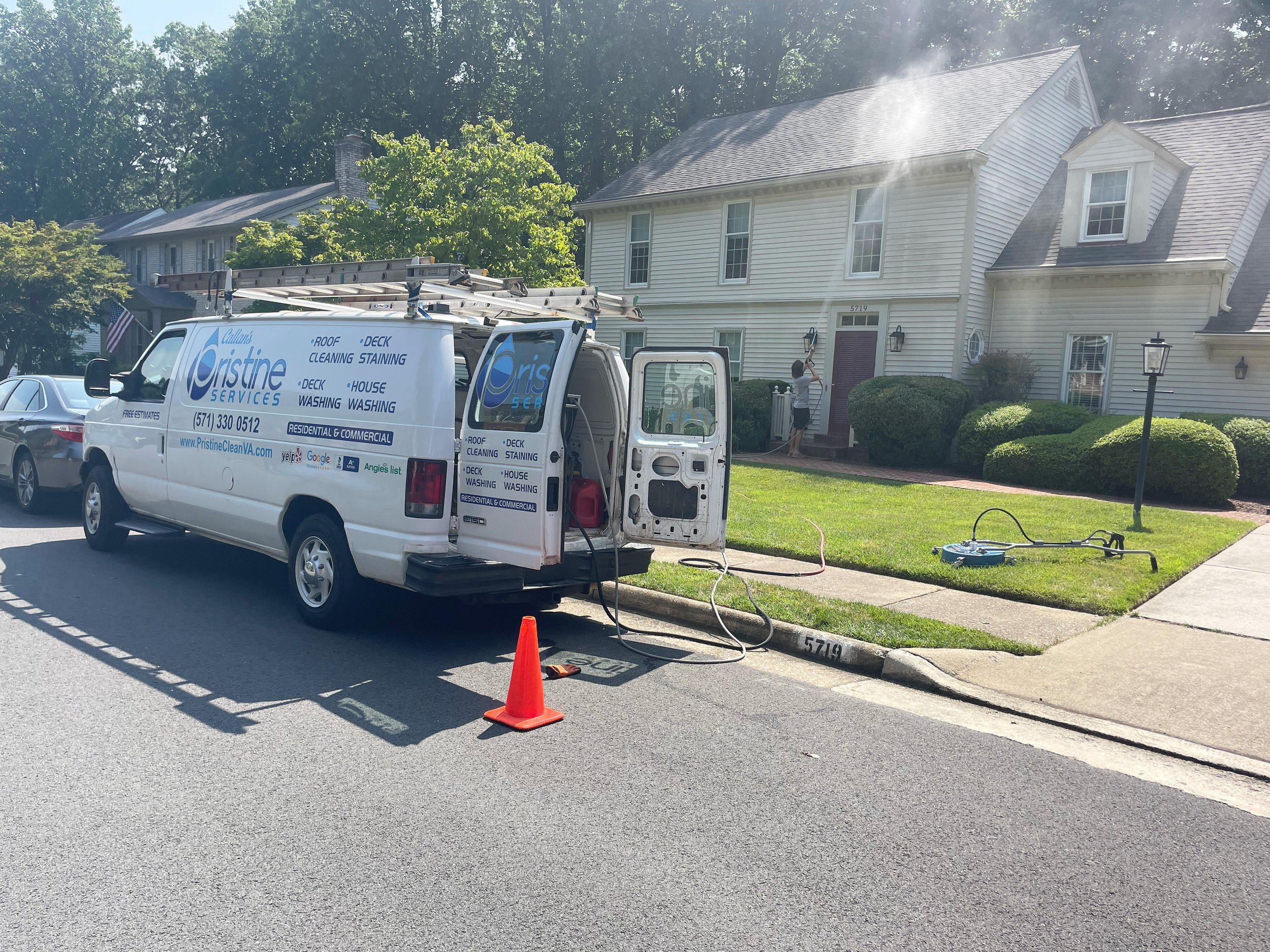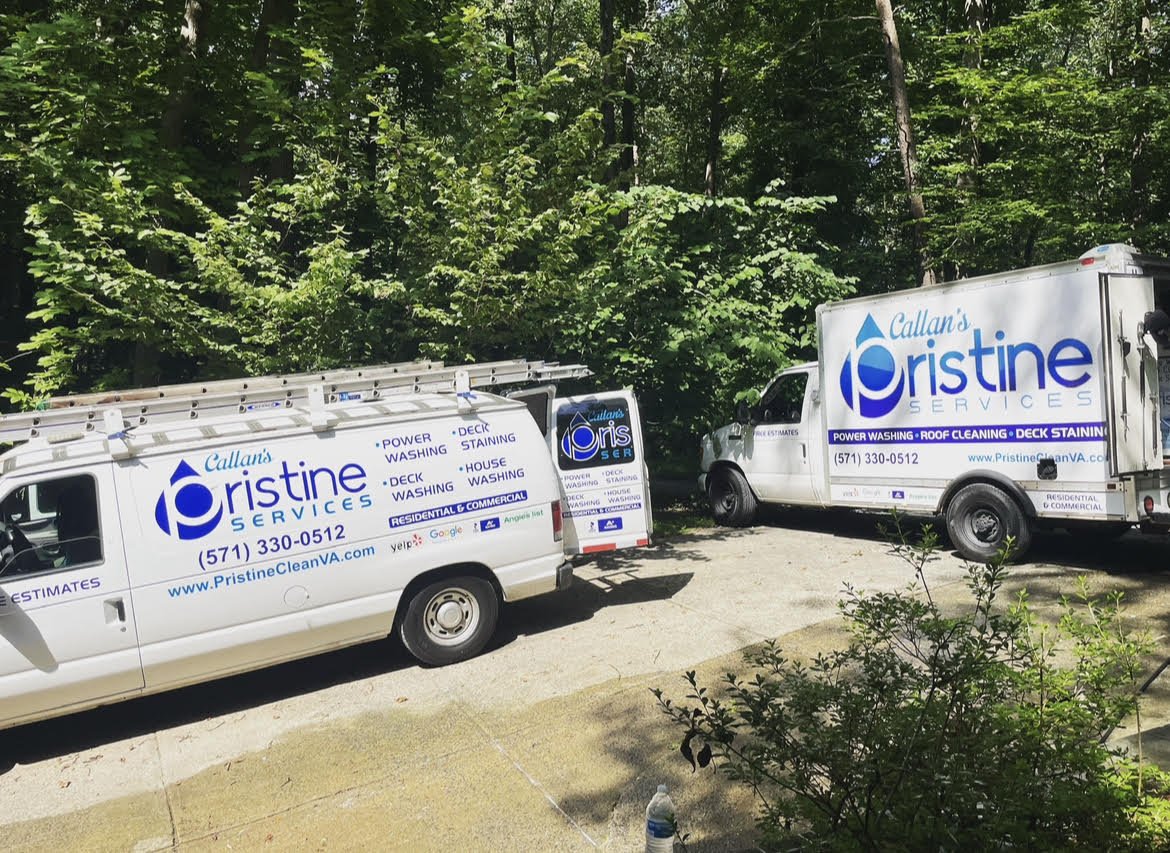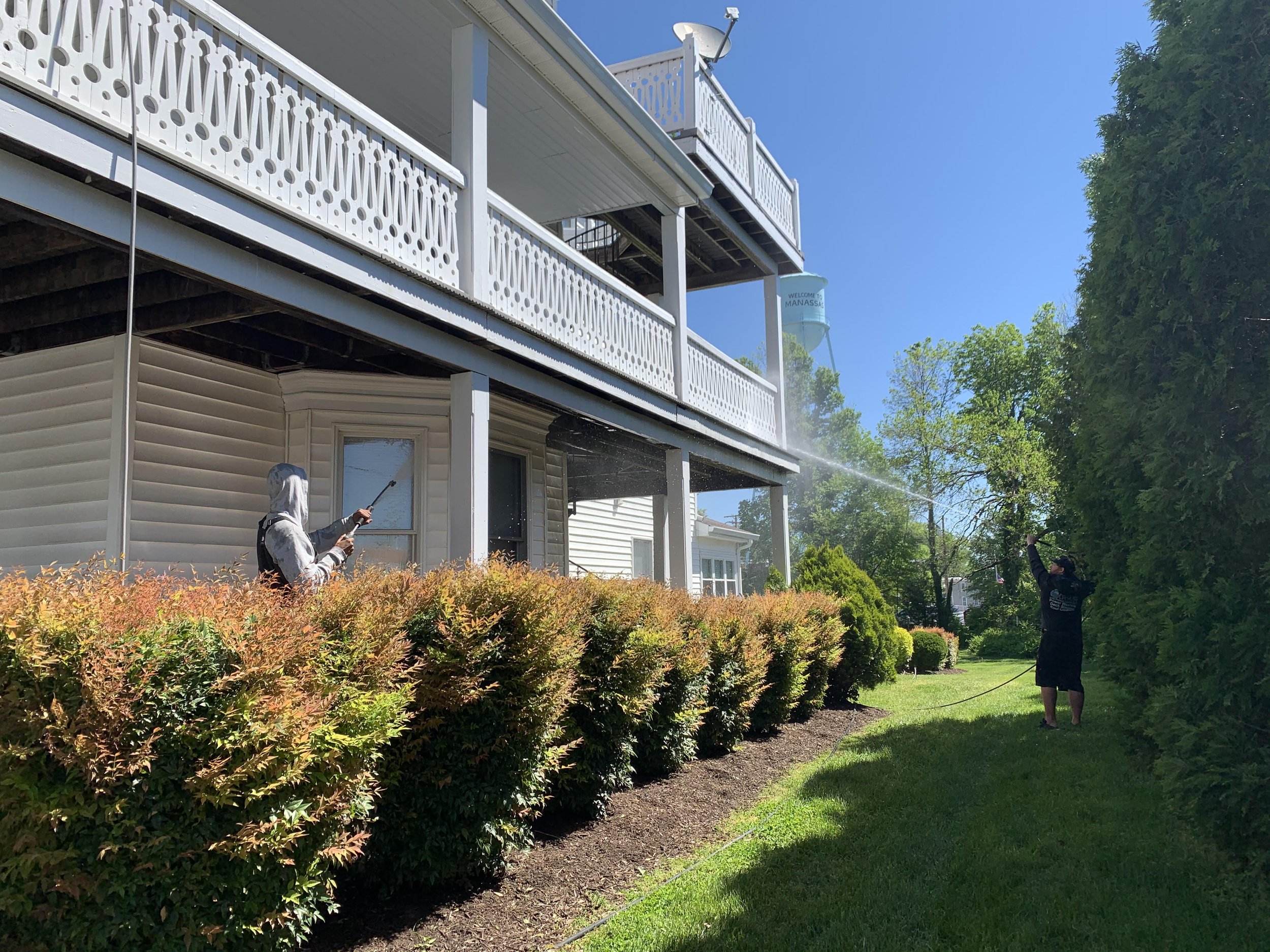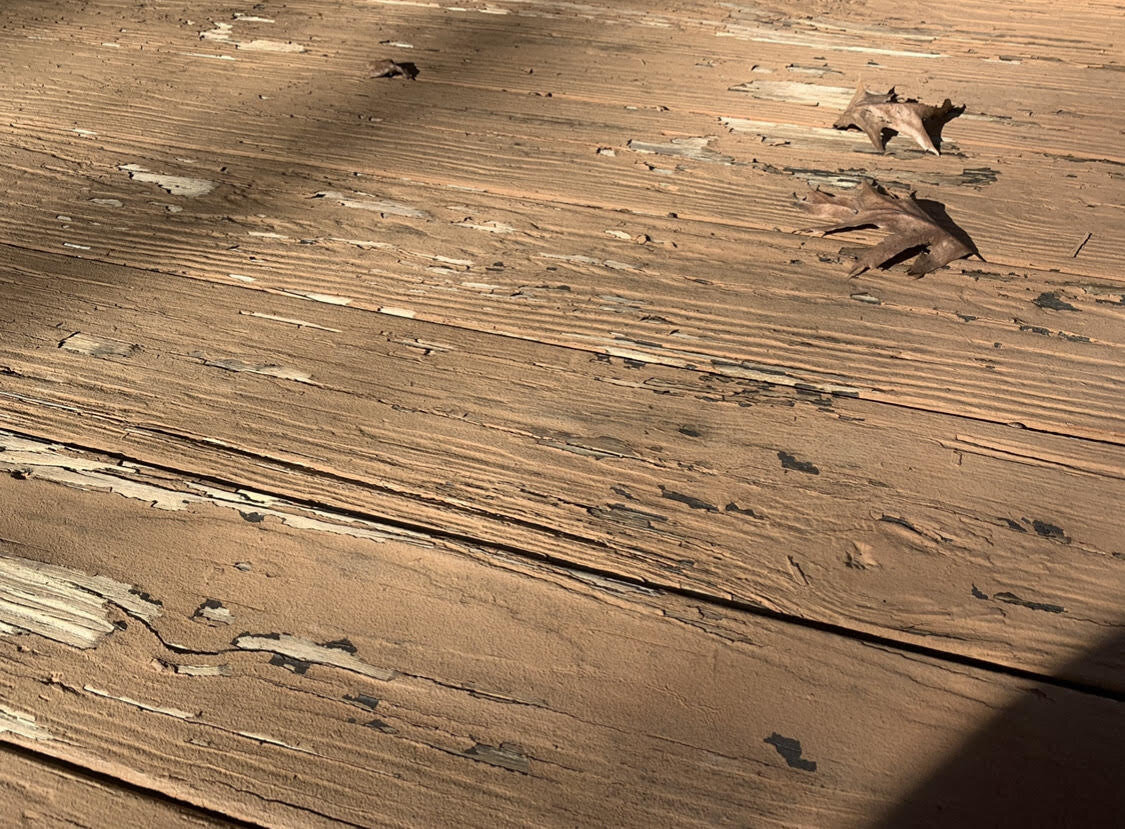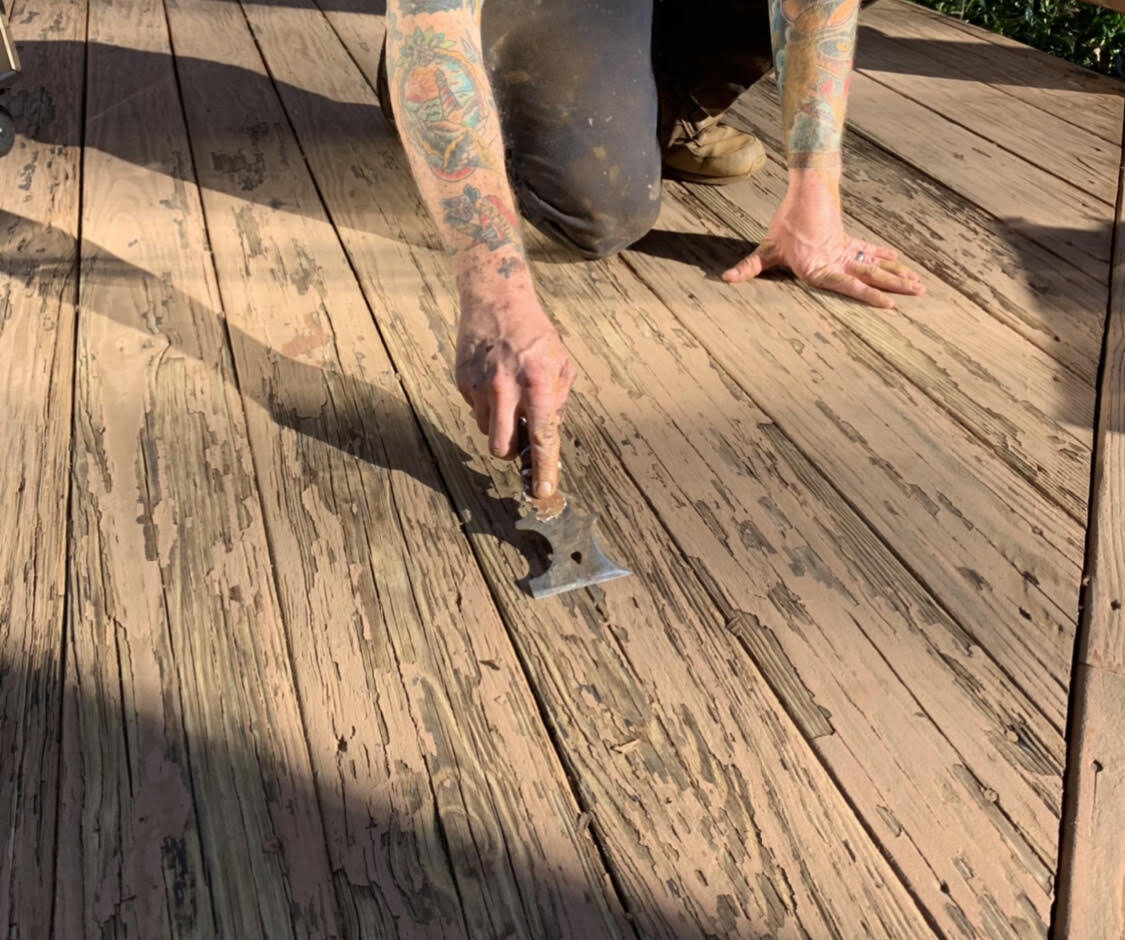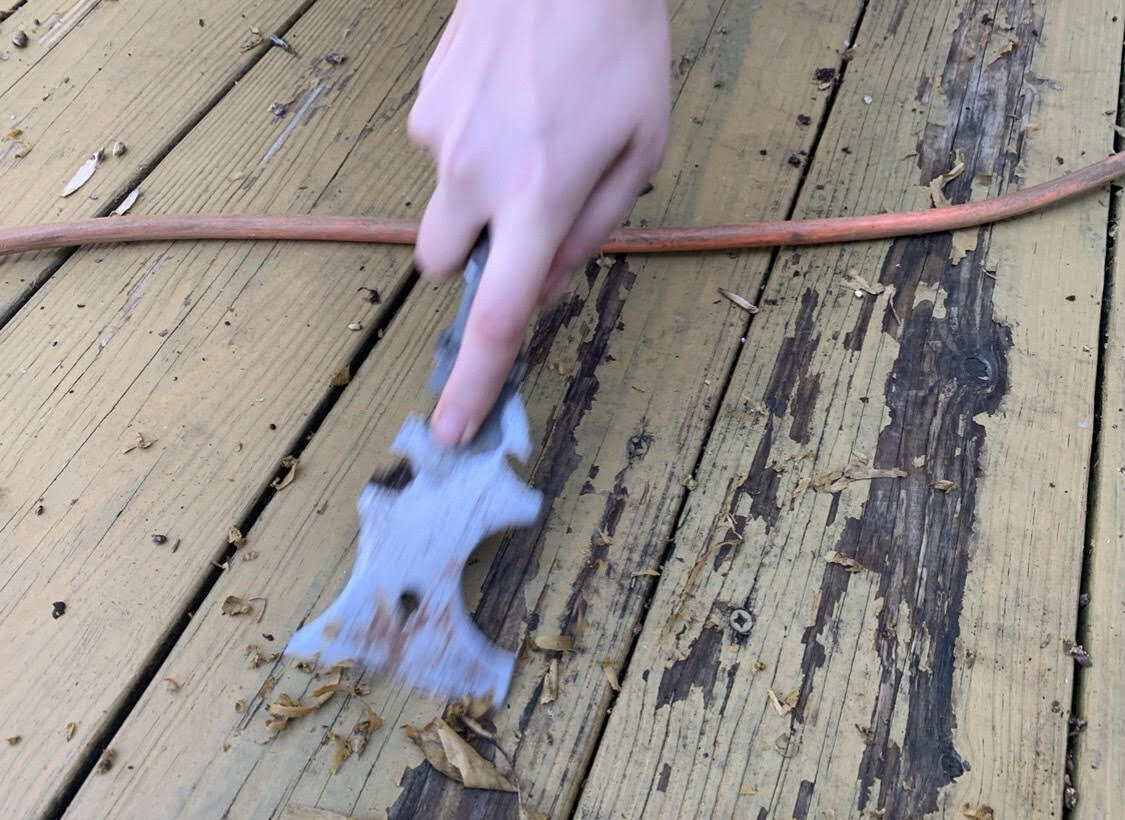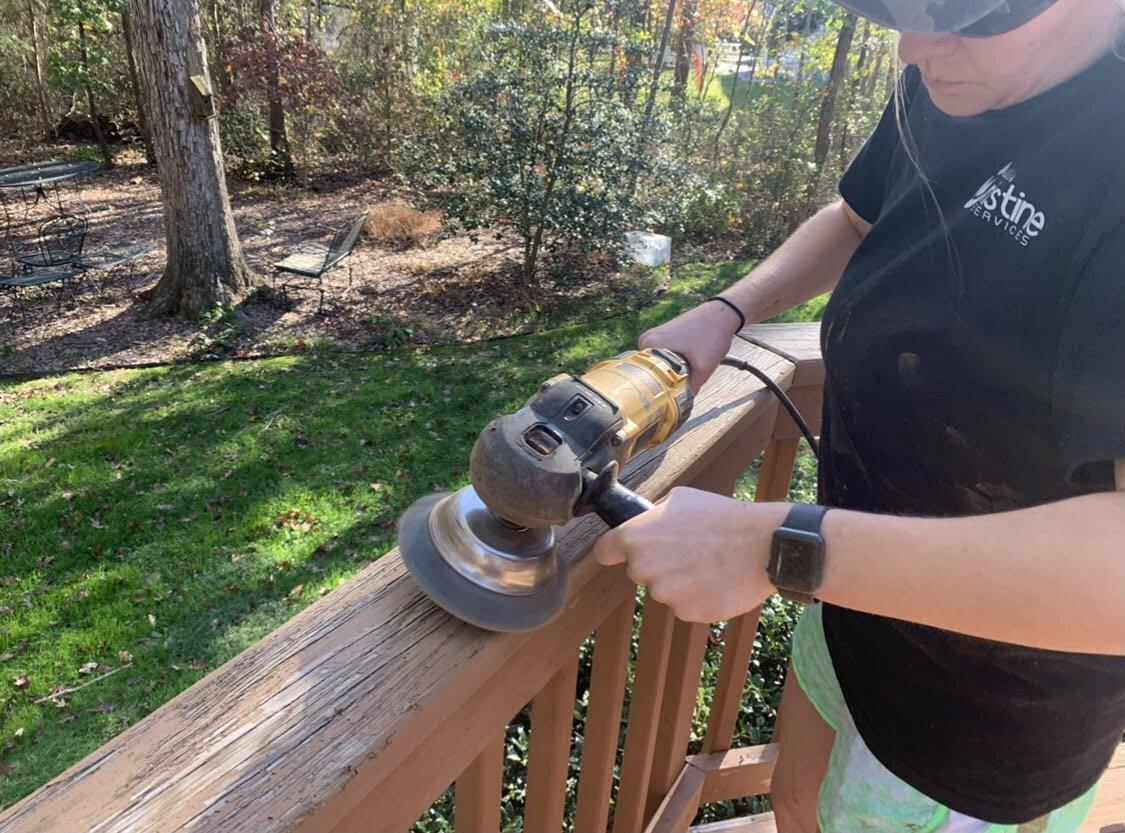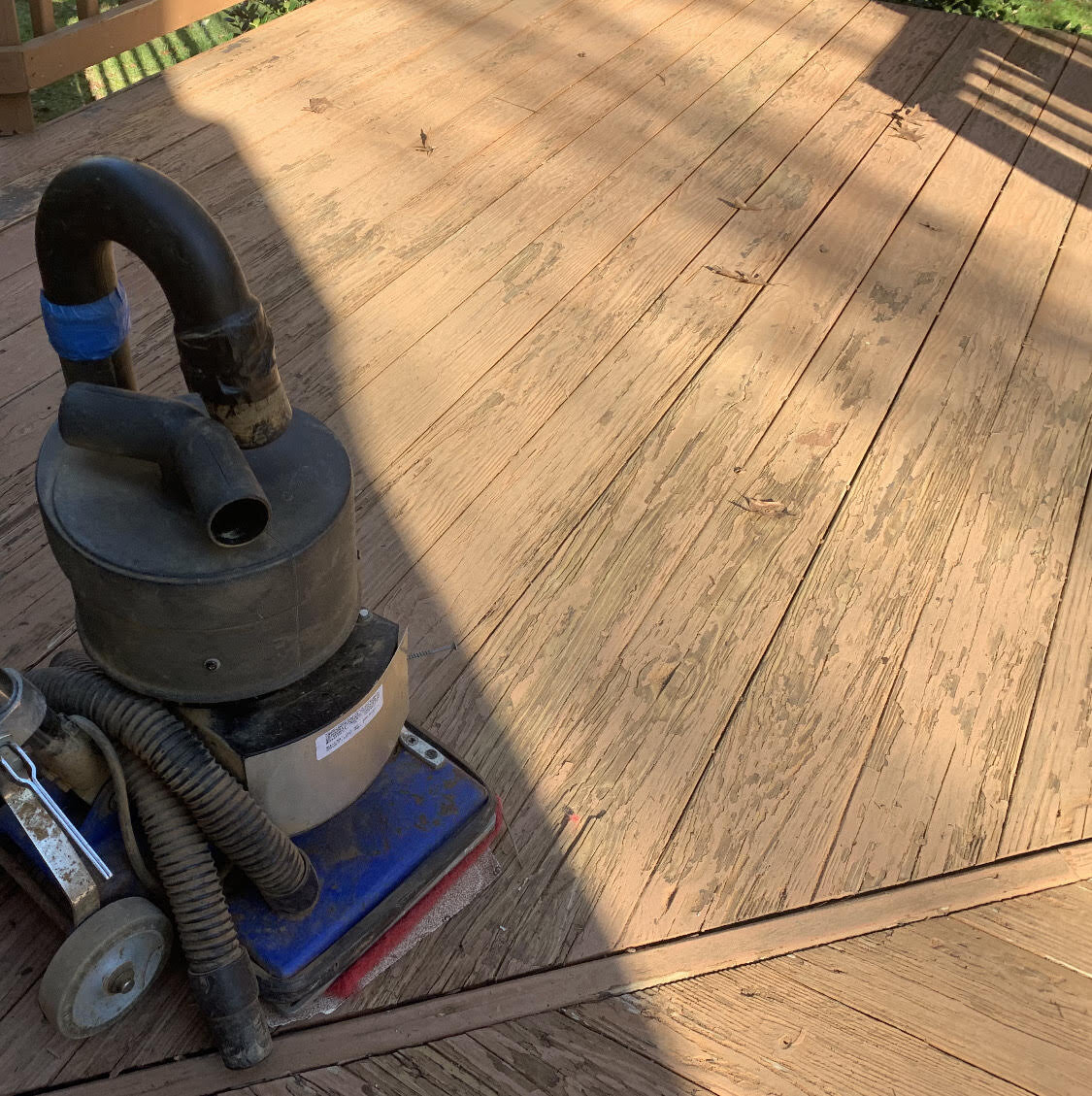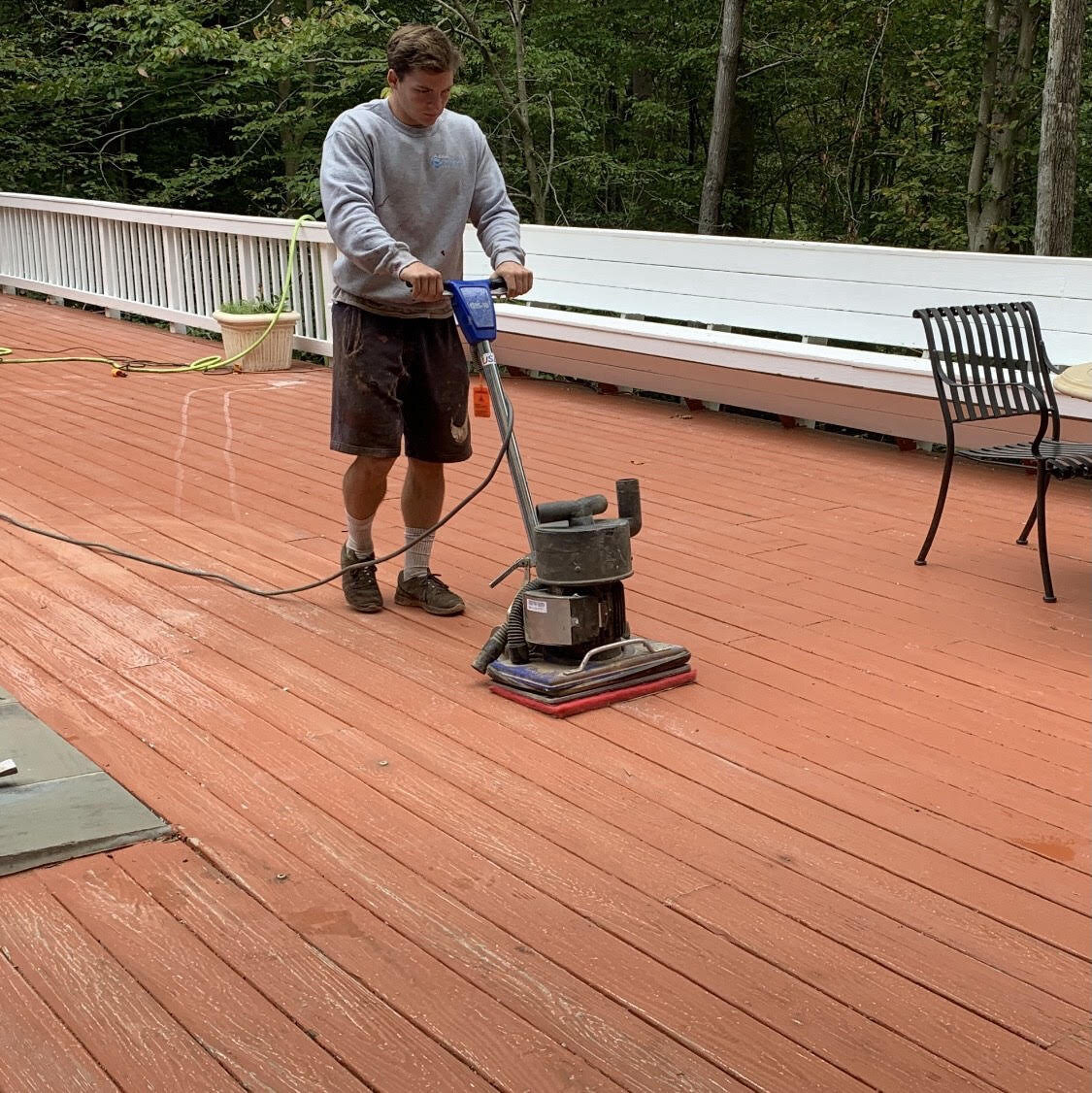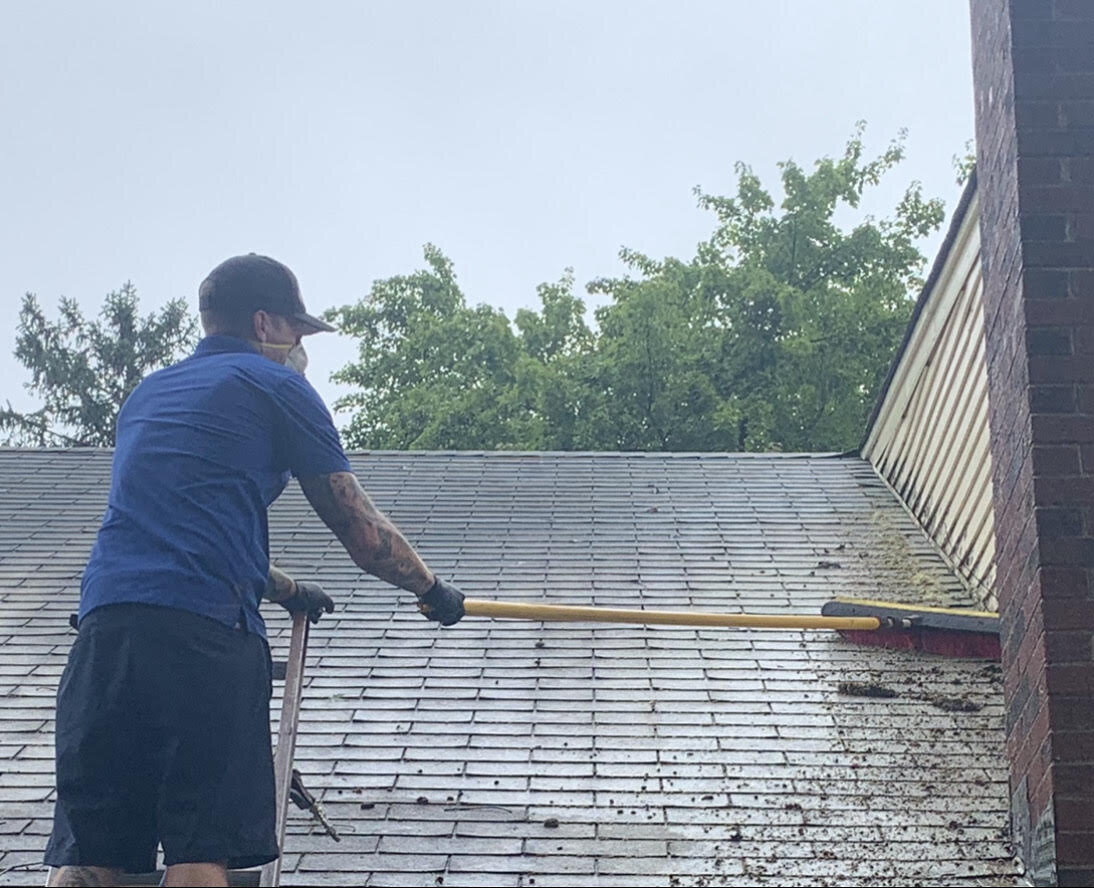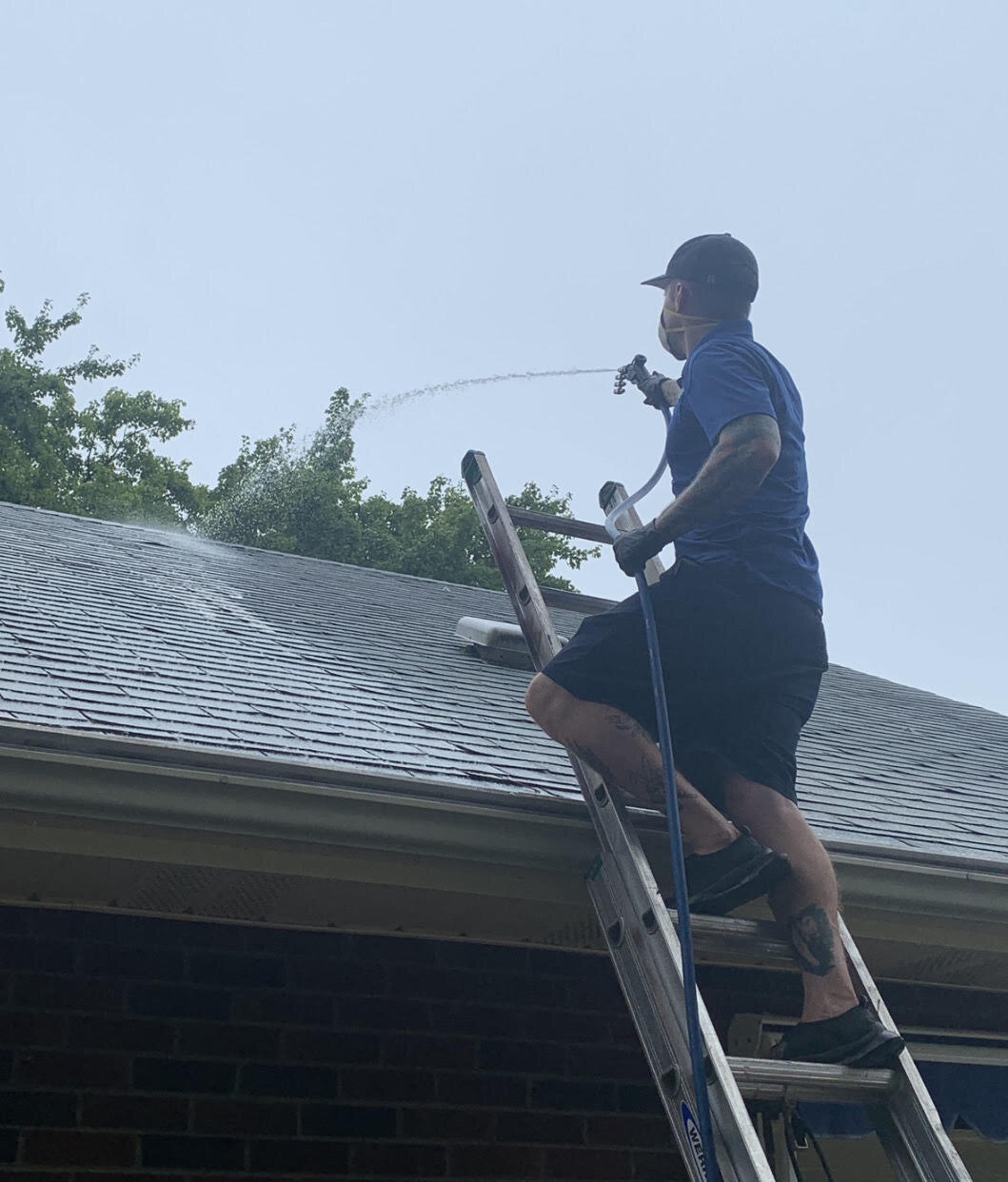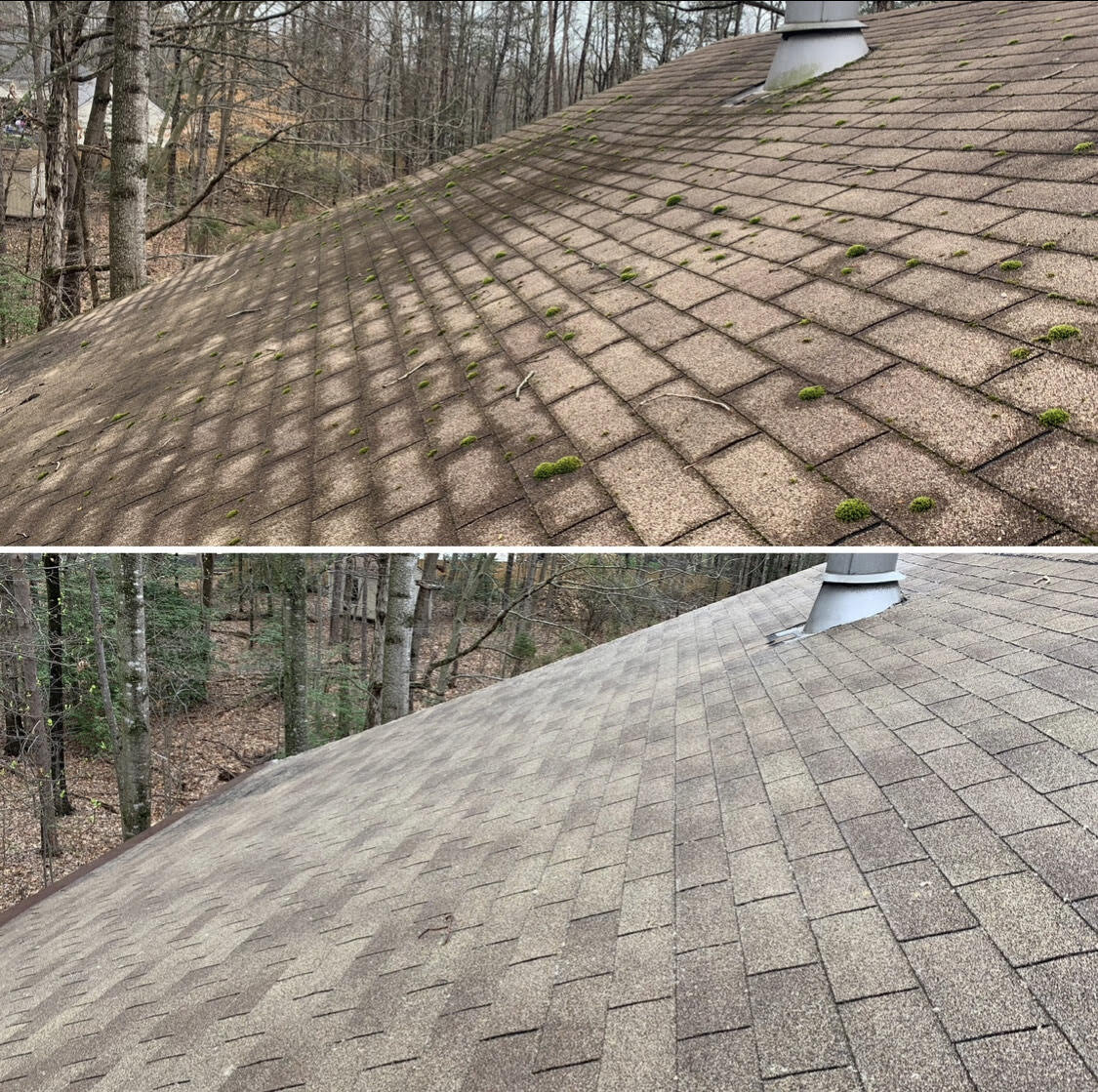Temperature, moisture content of wood, rain forecast, and excessive winds can all delay this process. Photos above are examples of what can happen if proper guidelines are not followed for this service
After 15 years in this business the biggest challenge we have every year (especially in the rainy spring months) is appropriately scheduling our deck staining services. I attribute this to one major factor out of our control…WEATHER. We are actually one of the only pressure washing companies that stains wood along with our deck cleaning service. When talking to other firms in the area it seems that most have dropped this service due to it being near impossible to accurately predict the weather and schedule accordingly.
As the weather warms up in spring the demand for this service is high and this demand stays consistent all year. I attribute this to our passion for quality customer service and ensuring every client is happy with the end result, as well as being one of the very few firms that offers this service in a highly populated area.
Here is a typical scenario from our perspective -
We may try to wash 10 decks per week, all of them needing a second visit to stain once the deck is dry from the initial washing, stain type and color have been chosen, and the washing portion has been paid for. So we have ten clients now awaiting their stain service, which we would ideally take care of the following week.
Now the following week is here and our washing team is starting to wash our next batch of 10 decks for this current week, while our stain techs get ready to stain the previous week’s decks. BUT there’s a problem! Four out of the seven days of the week have high chances of rain, some of which happen to be overnight. Each day with a high probability of rain in the forecast we cannot stain. One of those days has the rain forecasted overnight, that cancels out the current day as well as the following day since everything will be damp from the overnight rain…
A whole week has passed that we were unable to stain any of the 10 decks from the first week. We also have 10 additional decks from the second week that were cleaned and are awaiting staining as well. So we now have 20 total clients waiting for their decks to be stained. Now we’re at week 3 ready to wash 10 more decks… and so on and so forth.
As you can imagine, the clients from the first week may be getting impatient or still have their deck furniture on their lawn awaiting our return, therefore feeling essentially unable to use their deck. As a homeowner myself, I understand these frustrations and the one thing I care about most is keeping our clients happy and not adding any stress to these already stressful times. Therefore, we will be managing our deck washing appointments and scheduling only a small number per week to lessen the wait time between the washing and staining services, as well as managing customer expectations and timelines. These services will be scheduled on a first come first serve basis April through mid November.
*Note* If you have a deadline for completion of your staining project, such as a cookout or party, please let us know in advance and we will try our very best to accommodate your event
